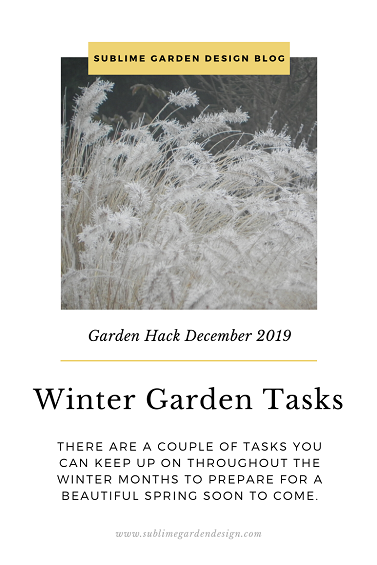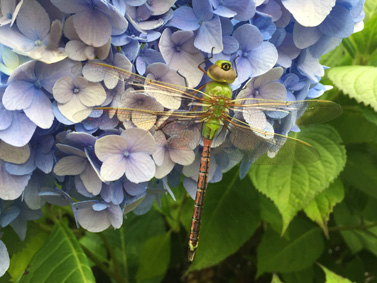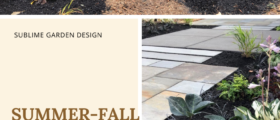Garden Hack of the Month: Winter Garden Tasks
Although things in the garden tend to slow down in the winter, there are a couple of tasks you can keep up on throughout the winter months to prepare for a beautiful spring soon to come.
December – January
Lawn
- Stay off your lawn as much as possible when frozen or extremely wet
- Rake leaves and debris from lawn
Garden Beds
- Water plants not exposed to rains (under eves or in containers)
- Still ok to plant if ground is not frozen or too saturated
Other
- Start planning and dreaming of next year’s garden!
- Test soil to determine nutrient needs in preparation for spring
- Clean & sharpen garden tools and lawn mower blades
- Clean storm debris and leaves from patio and walkways to prevent staining or moss and weed growth
February – March
Pruning
- Best time to prune most plants before they start to grow in spring (wait until deep freezes have passed):
- Focus on pruning out dead, damaged or diseased stems
- Thin out dense shrubs to increase light and air flow and prevent disease
- Make thinning cuts to reduce size if needed
- Clean up perennials, ferns & grasses before new growth starts:
- Cut back tattered evergreen plants like ferns, grasses and the foliage of hellebores and epimedium to the ground
- Remove brown dead foliage on deciduous perennials and grasses
Lawn
- Continue to remove leaves and debris from lawn
- Tune up lawn mower in preparation for spring
- Start mowing at height of 2.5”-3.5” when growth begins
Weeding
- Dig out perennial weeds using a Hori Hori to get entire root (ex- dandelions and morning glory)
- Remove annual weeds using a Hula Hoe to remove tops and prevent them from seeding (ex- shotweed)
Garden Beds
- Good time to start planting as weather warms but rains continue
- Apply a layer of mulch after weeding to keep weeds down and reduce watering in summer
- Compost used as a mulch is great in perennial and annual beds and is a source of nutrients
- Wood arborist chips are suitable for native buffer areas where you don’t work the soil and/or want to control weeds
- Prepare beds for vegetable gardens by weeding and adding compost (peas can be planted soon)
- Plant cool season vegetables (peas, greens…) when soil warm above 40 degrees
- Start seeds indoors for other vegetable crops in March
Organized under Education, Garden Hack of the Month, Garden Maintenance, Garden Tips & Advice, Low Maintenance Gardens. Labeled as garden maintenance, garden maintenance calendar, garden task calendar, garden tasks, pacific northwest garden tasks, when to prune, winter garden maintenance, winter garden maintenance calendar, winter garden task calendar, winter garden tasks, winter pruning, winter weeding.




